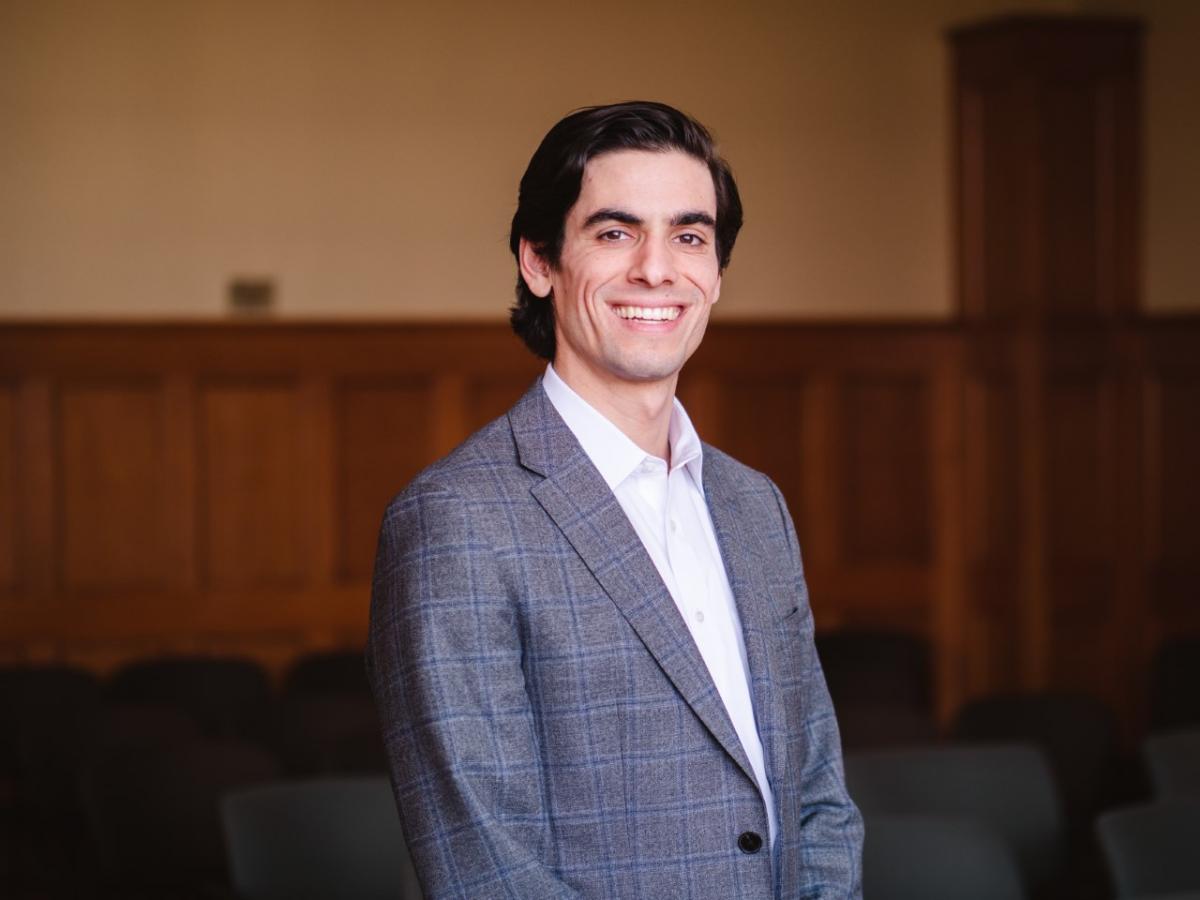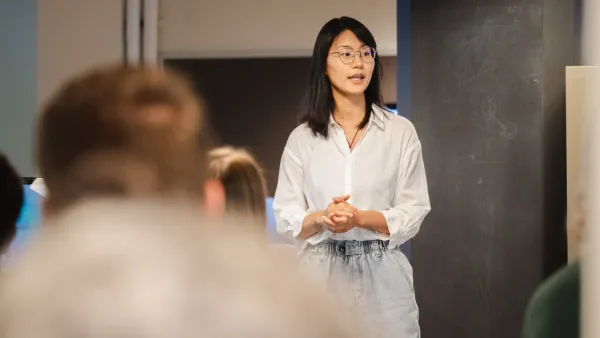With help from a grant from the American Council of Learned Societies (ACLS), a Washington University graduate student is working to change the way the humanities are taught at both the high school and college level. Jonathan Koch, a doctoral candidate in English, is teaming up with the University of Missouri–St. Louis (UMSL) to teach a course on “The Material Culture of Books in a Digital Age.” In the course, Koch builds on digital tools and databases developed by scholars, libraries, and institutions across the globe — projects like Early English Books Online (EEBO) and WashU’s own Early Print initiative — and shows how these tools can be used to address a surprisingly wide array of research questions.

Scholarship in the digital humanities often focuses on access, in both the present and the past. “Who has access both today and then to certain types of books and ideas,” Koch says, is central to the mission of his class, which aims to introduce the digital humanities to non-specialists. For many, concepts like “data visualization” and tools like “n-gram viewers” sound like a foreign language and seem distant from the work of humanities scholarship. Koch hopes his class will demystify those tools and show how they “can be a part of a lot of people’s research across a lot of different approaches that do not have to always be as neatly and tightly defined as digital humanities.”
By focusing on the production, circulation, and consumption of books in early modern England, Koch hopes to demonstrate just some of the questions these new tools can answer. The potential of these tools is vast, allowing scholars to make, in Koch’s words, “bigger and bolder claims” based on larger bodies of texts than one person alone can analyze. For instance, digitization has made it possible for scholars to consider texts, and even words, in relation to one another. A scholar of the history of ideas might use repositories like Early English Books Online to identify moments when certain words — such as, for example, “liberty” or “slavery” — gained prevalence and evolved in usage during the early modern period.
Scholars can also use these new tools to study the material conditions — the where, when, and how — under which books and pamphlets were produced and consumed. Koch asks students to consider “not just the meaning of the words” but the features of the book or pamphlet itself: its typeface, title page, binding, location of printing, format, and even the location of extant copies. In doing so, Koch says, students learn to “strip away our assumptions about what a book does” and consider its uses within its cultural context. Some of the most interesting discoveries students have made in the class have come from finding what other texts were bound with a book or pamphlet, a key indication of how early modern printers and readers were packaging and making connections between ideas.

UMSL master's students in English and history are already applying new insights from the class to their own teaching. Jordan Hunt, a history teacher and graduate student in the class, is using some of the tools he has learned “to help my students explore historical documents” with attention to what “the physical nature of these documents can teach us about their production, intended audiences, and perceived importance.”

Koch views the class itself as a collaborative project — even an experiment — shaped by both his colleagues at WashU and the faculty and students at UMSL. The course draws heavily on work Koch has done in book history courses at Washington University, in the Humanities Digital Workshop and in an associated reading group on digital methodology in the humanities. While he crafted the syllabus, Koch says he owes a lot to the influence and input of the digital humanities community at WashU.
For Joe Loewenstein, professor of English, who is spearheading the grant, collaborative outreach has been the lifeblood of his work in the digital humanities. “One of the pleasures of working on our big Early Print project, which combines some big mucky data curation and some rather sophisticated text analytics has been devising our outreach activities,” says Loewenstein, adding “our current ACLS grant enables us to reach out to students and faculty at other institutions.” WashU’s relationship with UMSL’s English department and Jonathan Koch’s “remarkable gifts — as a literary and intellectual historian, as a digital humanities practitioner, and as a teacher and mentor” have made for an ideal opportunity for a pilot program.
Students come away from Koch’s class with a new perspective on their own work as teachers, writers, and scholars. Creative writing student Jo Lange says she took the course as an elective out of “pure curiosity” but as a writer, hopes “to learn more about how digital tools might continue to shape the way we consume and produce literature.” Jason Dulworth, a master's student in English, agrees, adding that the course has pushed him to take the page itself and not just “words on the page” seriously in literary analysis.
Koch says that having students from a wide range of professions and disciplines has inspired conversation on the potential for the digital humanities to change how students are approaching problems in different fields. More broadly, these new digital tools are teaching students how to “move from vast amounts of information to small amounts of information effectively” and to become more discerning readers — undoubtedly important skills for any discipline or profession in a time when an infinite amount of information is available at the click of a button.

